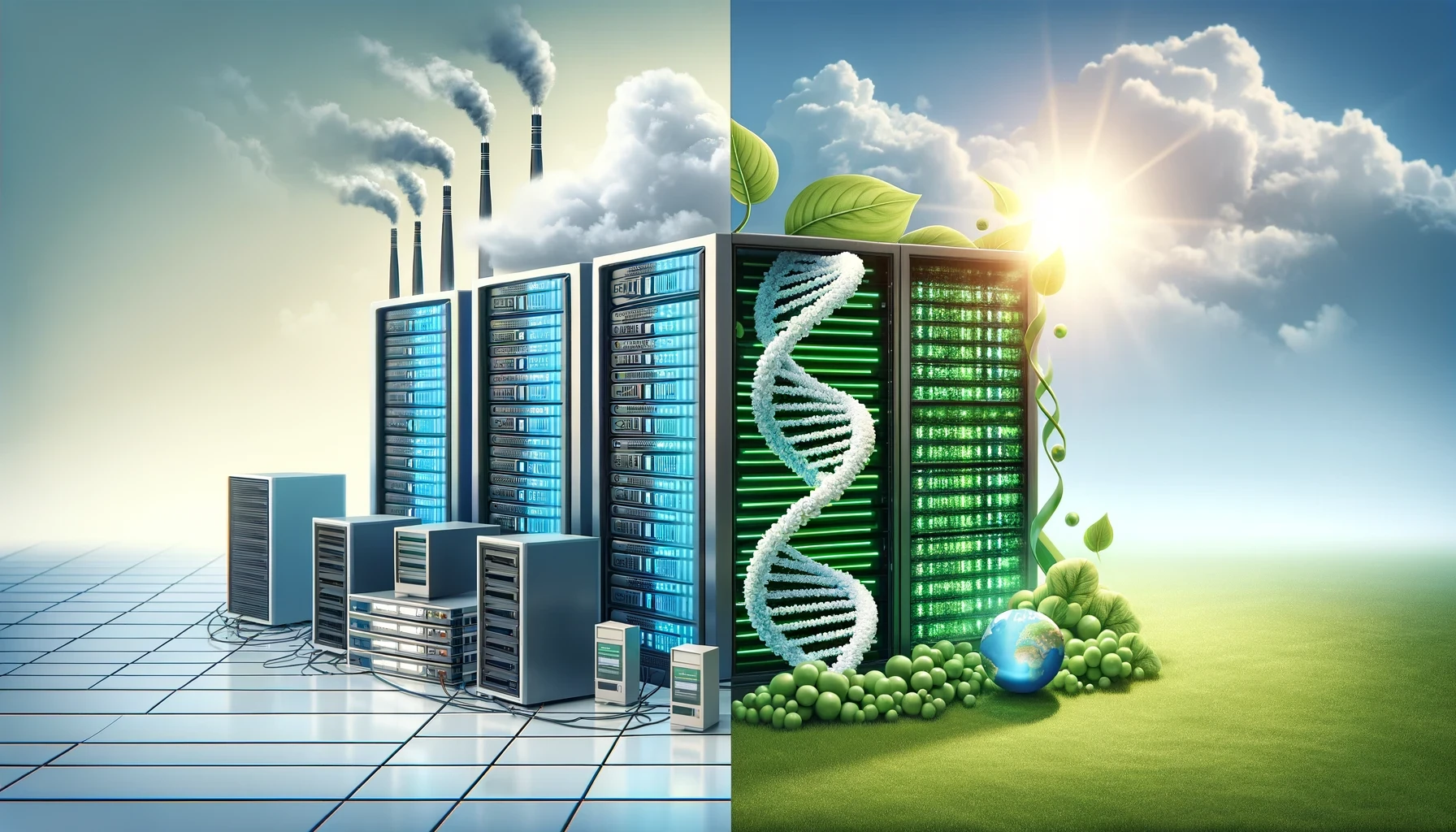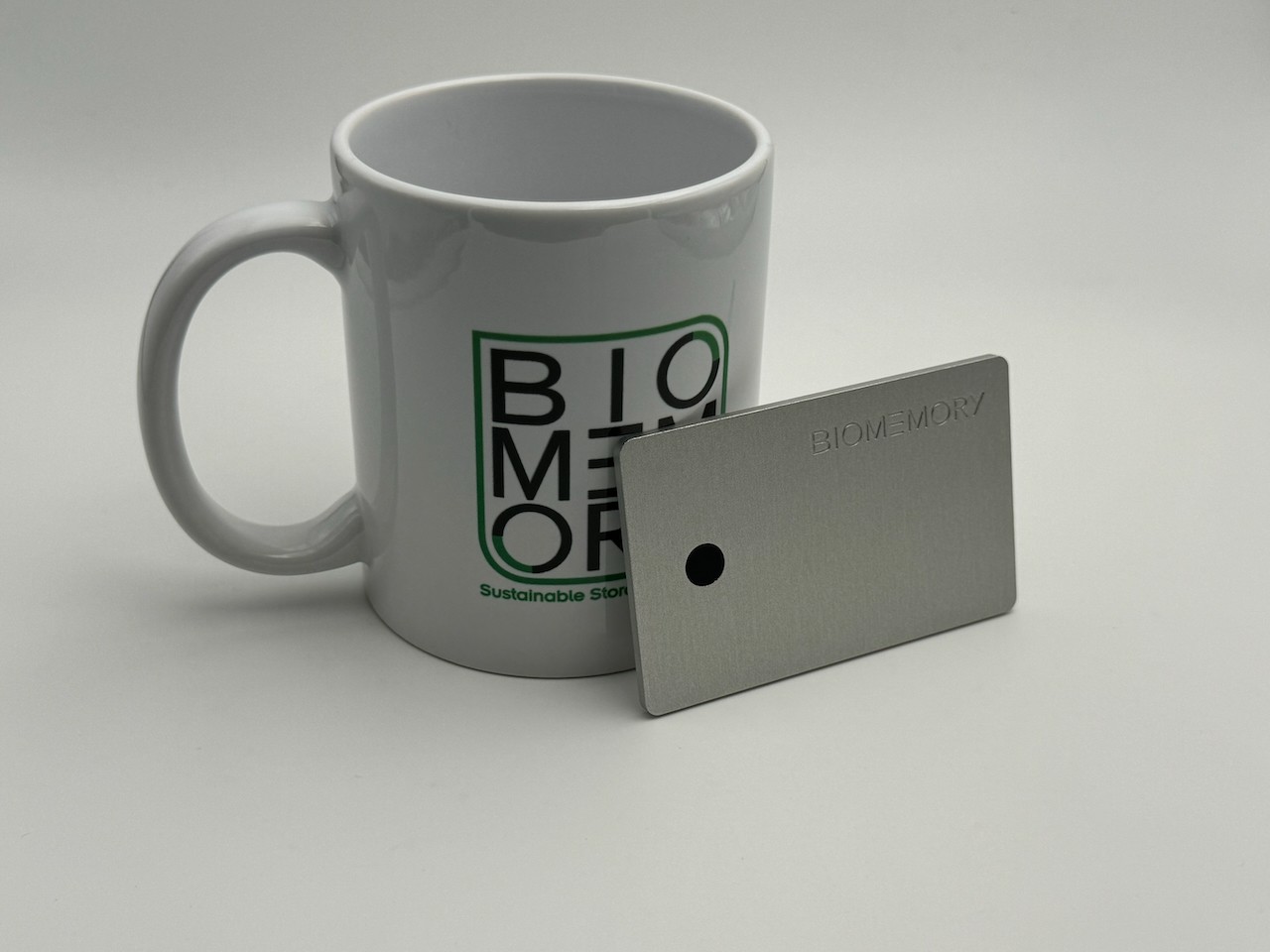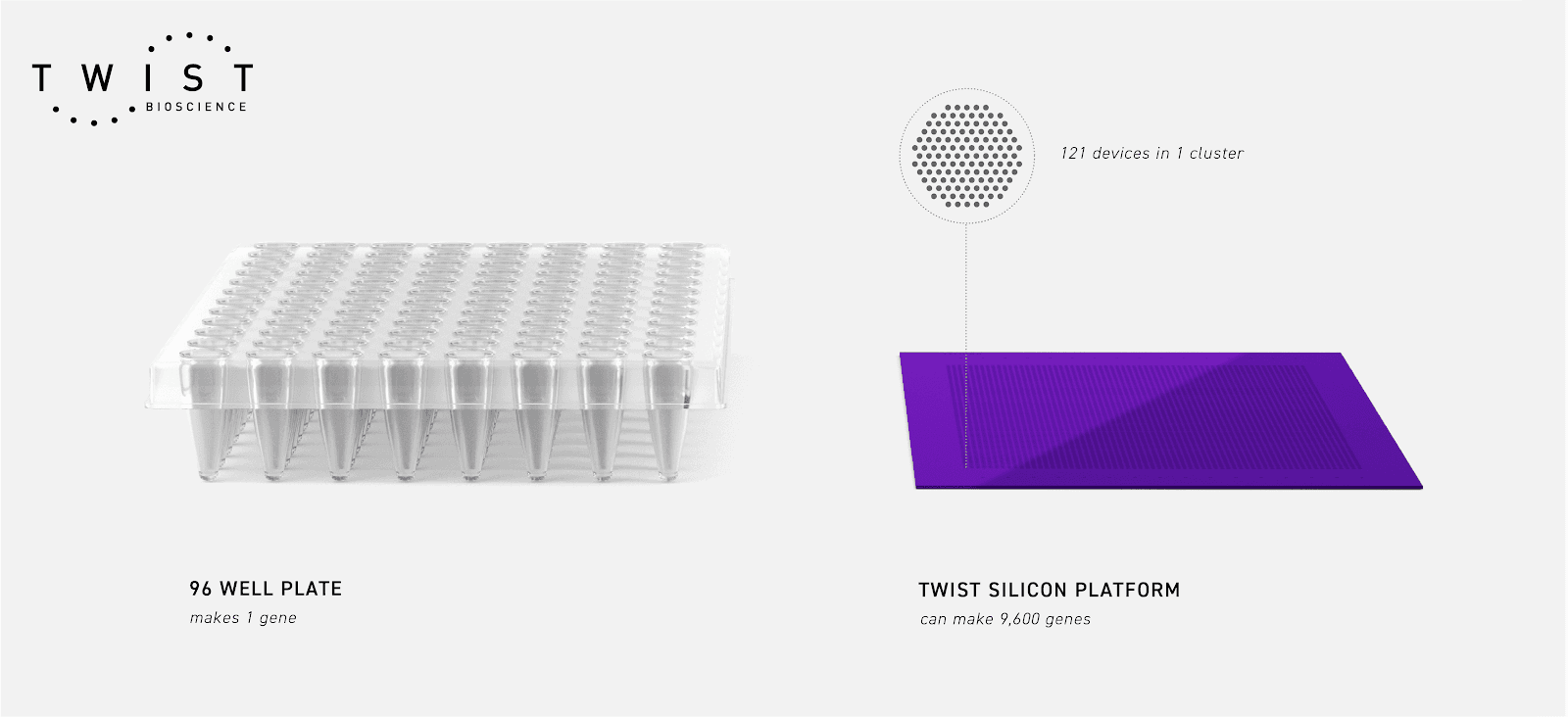Shrinking The Environmental Footprint of Digital Data Storage With DNA
Current methods for storing digital data can't keep up with demand. DNA data storage poses an eco-friendly mechanism for our growing data needs.
[DALL-E]
Cloud storage. Social media platforms. Streaming services. Large language models. These platforms all contribute to a growing challenge: the need to store lots and lots of data.
In 2010, we generated three zettabytes of data. That number is predicted to grow to 180 zettabytes just next year. “It’s hard to fathom how much data that is,” says Mike Kamdar, chair of the Reading, Writing, and Editing DNA track at the SynBioBeta 2024 conference and most recently, president and CEO of Molecular Assemblies.
“Data is being generated at such an exponential rate that current storage systems can’t keep up,” says Emily Leproust, CEO of Twist Bioscience.
Our current ways of storing data come at a cost to the environment. Therefore, many biotechs are turning towards a less environmentally disruptive solution to our growing data storage problems: storing data in DNA.
How DNA Storage Works
Using DNA as a data medium requires six steps: encoding, DNA synthesis, physical storage, data retrieval, sequencing, and decoding. As digital data is currently stored as strings of 0’s and 1’s, the first step is to convert this information into the bases that make up DNA. Then, this DNA is synthesized and encapsulated for long-term physical storage. When the data needs to be retrieved, the DNA is sequenced and subsequently decoded to turn the DNA sequence into digital data.
Environmental Advantages of Using DNA
Our current methods of storing data, including hard drives, solid-state drives, and tape, have many environmental impacts. “Data centers in the US consume an average of 5,000 MW a day, whereas global centers consume an average of 14,000 MW daily,” says Leproust. By 2030, our current means of digital storage could consume 3-13% of the total global electricity.

“When you start looking at some of these data farms, they have an incredible footprint as it relates to use of electricity and land,” says Kamdar. “When you look at DNA, you can store your entire genetic code on your fingertip.”
“Despite significant progress made in reducing their environmental impact, the storage units in data centers are enormous consumers of energy, rare earth elements, and water during their manufacture and use,” says Erfan Arwani, CEO and co-founder of Biomemory, a start-up that recently launched a “DNA card” that stores 1 kilobyte of data.

The current environmental impacts of data storage are especially compounded by the fact that the data needs to be rewritten every 2 to 5 years, depending on the type of drive, to prevent data degradation.
In contrast, DNA has many qualities that make it ideal for data storage. “DNA does not require electricity. It’s fairly stable over long periods of time at room temperature,” says Kamdar.
“With DNA, IT professionals can use a ‘store it and forget it’ mentality,” says Leproust. “DNA is the most sustainable solution for long-term storage.”
Towards More Sustainable DNA Synthesis
The ability to store data in DNA requires the synthesis of an abundance of DNA. While chemical methods of DNA synthesis require large amounts of harsh chemicals that aren’t environmentally friendly, companies like Molecular Assemblies and Twist Bioscience are optimizing ways to synthesize DNA enzymatically, a method that less impacts the environment because it can be done in an aqueous environment. Enzymatic synthesis also enables the creation of longer pieces of DNA needed to be used as a storage mechanism.
Twist Bioscience has also miniaturized DNA synthesis by using a semiconductor-based DNA synthesis platform, which allows for fewer reagents and increased throughput and scalability - something that is beneficial for data storage applications. “On the production chip today, which is a little larger than an iPhone, we make more than one million short pieces of DNA, or oligos, at a time,” says Leproust. In contrast, traditional methods generate only 96 oligos in the same amount of space.

Challenges and Future of DNA Data Storage
Many in the industry have turned towards DNA for archival storage as it is where most of our data lies. “DNA data storage isn’t far away. At Twist, we’ve completed multiple proof of concept studies, including storing a premium series called Biohackers in DNA for Netflix,” says Leproust. “We’re planning to launch early access of our terabyte storage solution in 2025.”
While archival storage has been the focus of many companies, it’s also possible that DNA can be used in computing. “Storage alone is not useful unless the data can be utilized, which is where the potential for DNA in computation becomes equally important,” says Arwani. Arwani notes that DNA has a lot of potential when it comes to reading data. “The reading speed of DNA is expected to far exceed the best flash memories with the use of solid-state nanopores,” says Arwani. Biomemory is working towards making DNA data storage mainstream for data centers beginning in 2030.
“It’s still the early days,” says Kamdar. “I think the interest is growing and continuing to advance.”

















